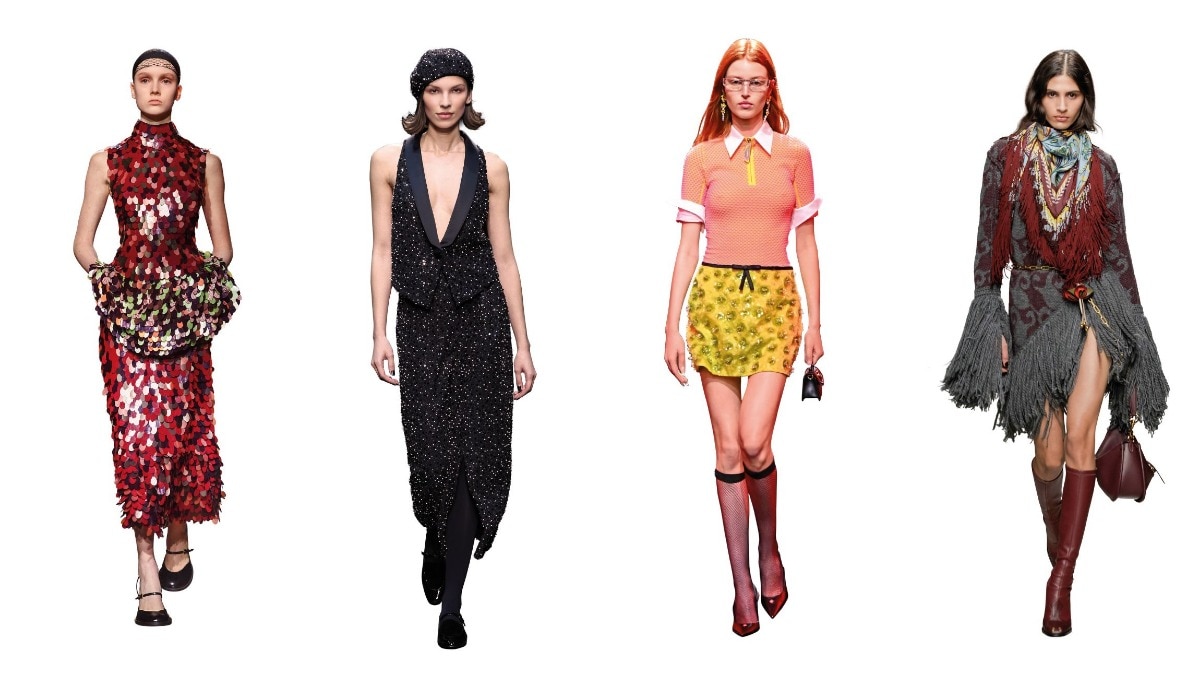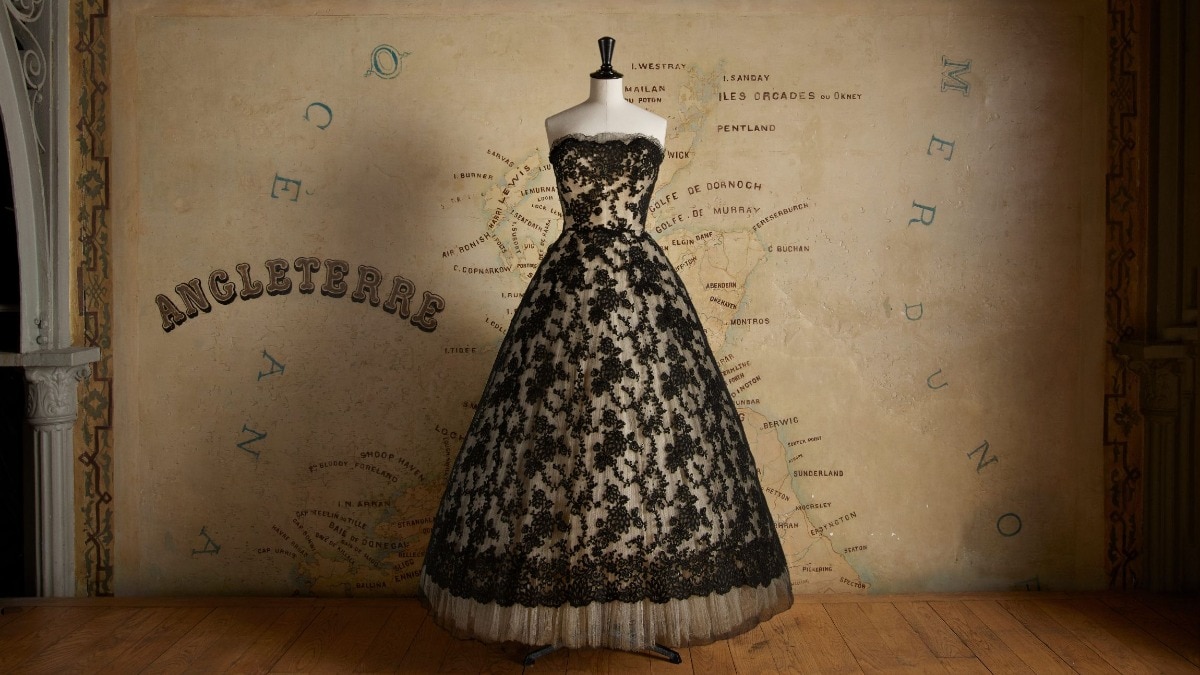Why poplin has been a go-to weave for the fashion industry for over 600 years
The 15th-century weave has been a staple in the world of fashion as much as part of many a trend. We find out why.


The next time you are picking up a crisp shirt, or perhaps a stiff pair of pants, pay close attention to the ribbed weave—the close warp and weft that knits into a simple over-under pattern to make this sturdy, versatile, and every day-friendly fabric—called poplin, which has been the go-to weave for durable clothing and seen quite a peek in its popularity on and off the runway in the recent years.
“I attribute it to the move towards sustainable and ethical fashion that the industry has seen in the last few years. For both the wearers and designers, the carbon footprint of the clothes they are producing and wearing has become important, and a weave like poplin, which has a history of being produced in natural fibres, becomes an obvious choice,” says designer Aneeth Arora, of label Péro.
The name poplin comes from papelino, a fabric made at Avignon, France, in the 15th century. Papelino was so named after the French word for pope, “pape”, after his residence in Avignon where it was first produced, and the name of another fabric produced around the same time, papelaine. Traditionally, poplin was made using natural fibres like silk, cotton, and wool —specifically using a silk warp and a wool weft that created its distinctive weave. In the 1920s, British-made cotton poplin was introduced in the United States of America. In World War II, both British and US military personnel used poplin as the main material for their uniforms. It kept soldiers cool when necessary, and it was strong enough to endure wear and tear.
Characteristically, poplin is known for its sturdy nature, its malleability, its versatility, and its inexpensive. It’s soft, cool, smooth, and phenomenally breathable. “And it is absolutely fuss-free!” says Ashray Gujral, founder of Dash & Dot, a new-on-the-block fashion brand that has quickly caught the eye of the Indian fashion police for its prêt wear designs. “Its use has increased massively in the last few years, in the country as well as internationally, because it lends itself to both every day and evening wear, giving the designer and the customer a vast range of opportunities and options to choose from. Dash & Dot has been using organic cotton poplin from their very first collection and continue to use it across categories—from structured shirts to draped dresses.
Pankaj Rastogi, global creative head, Orientique, a foremost Australian fashion wholesaler for women, observes that poplin was a popular weave choice on the SS22 runway, “especially when designers are going for a classic shirt look, or the boyfriend shirt took.” The weave featured in the collections of Dolce & Gabbana, Philip Lim, Helmut Lang, and more. “The next, very noticeable trend is the shirt dress…as we move from towards the masculine silhouettes…and poplin lends itself to these looks because it can hold a structured look and yet stay cool while being 100 per cent natural (if so chosen),” he adds. Even for fast fashion brands like Zara, Mango, J crew, and more the weave has been a go-to choice for sturdy styles. And
But is this popularity of the fabric weave an indicator of a trend and a comment on yet another minute example of the cyclic nature of fashion?
“Not at all,” says Arora. “The poplin wave is as much a trend as it is a staple. The blends do change from silks and wools, to pure cotton depending on the season, and with it the ease of working with the fabric may also change, but it’s the simplicity to design with and its durability while wearing that has ensured the fabric stands the test of trends and time.”
And with what to many in the industry looks like the end of the concept of “last season”—with many designers moving towards sustainability and even steering towards repeating materials and designs over shows—relieving the consumers of the concept of novelty, the demise of poplin is impossible given its versatility and durability is impossible. Of course, the choice of fabric for the weave and what its style evolves to remains to be seen.
Lead image: @neheraofficial, @jonathansimkhai, @thedashanddot










